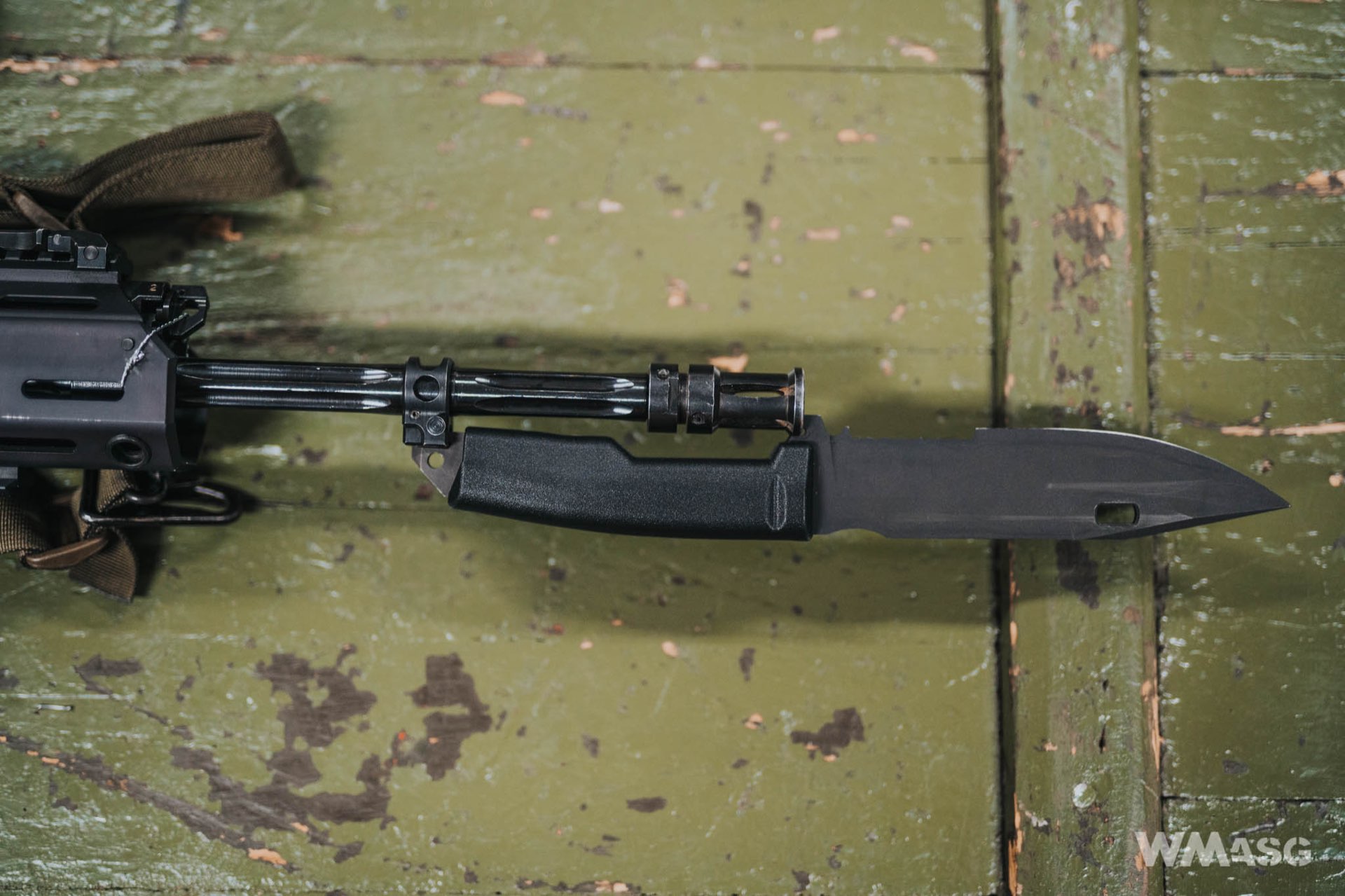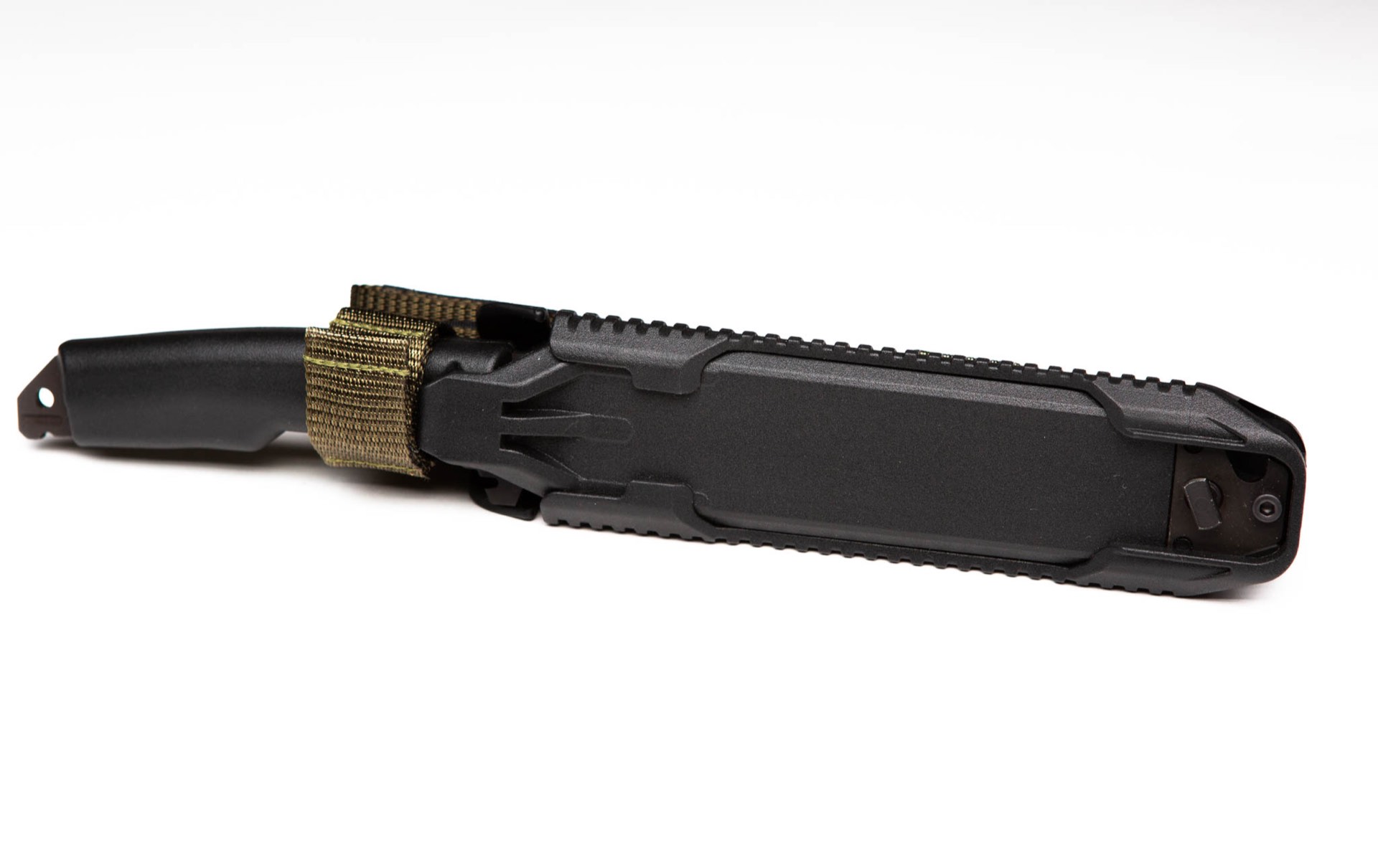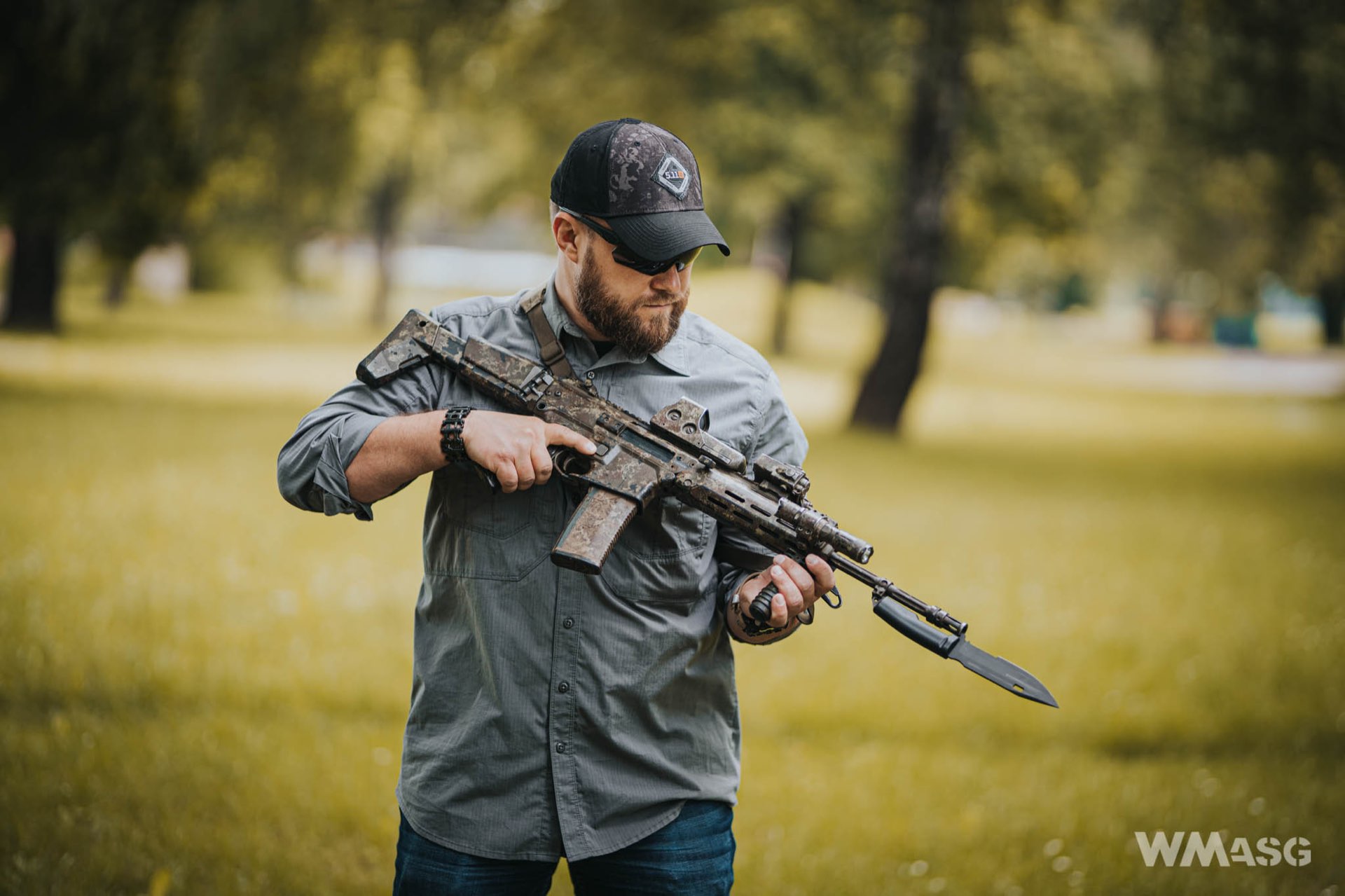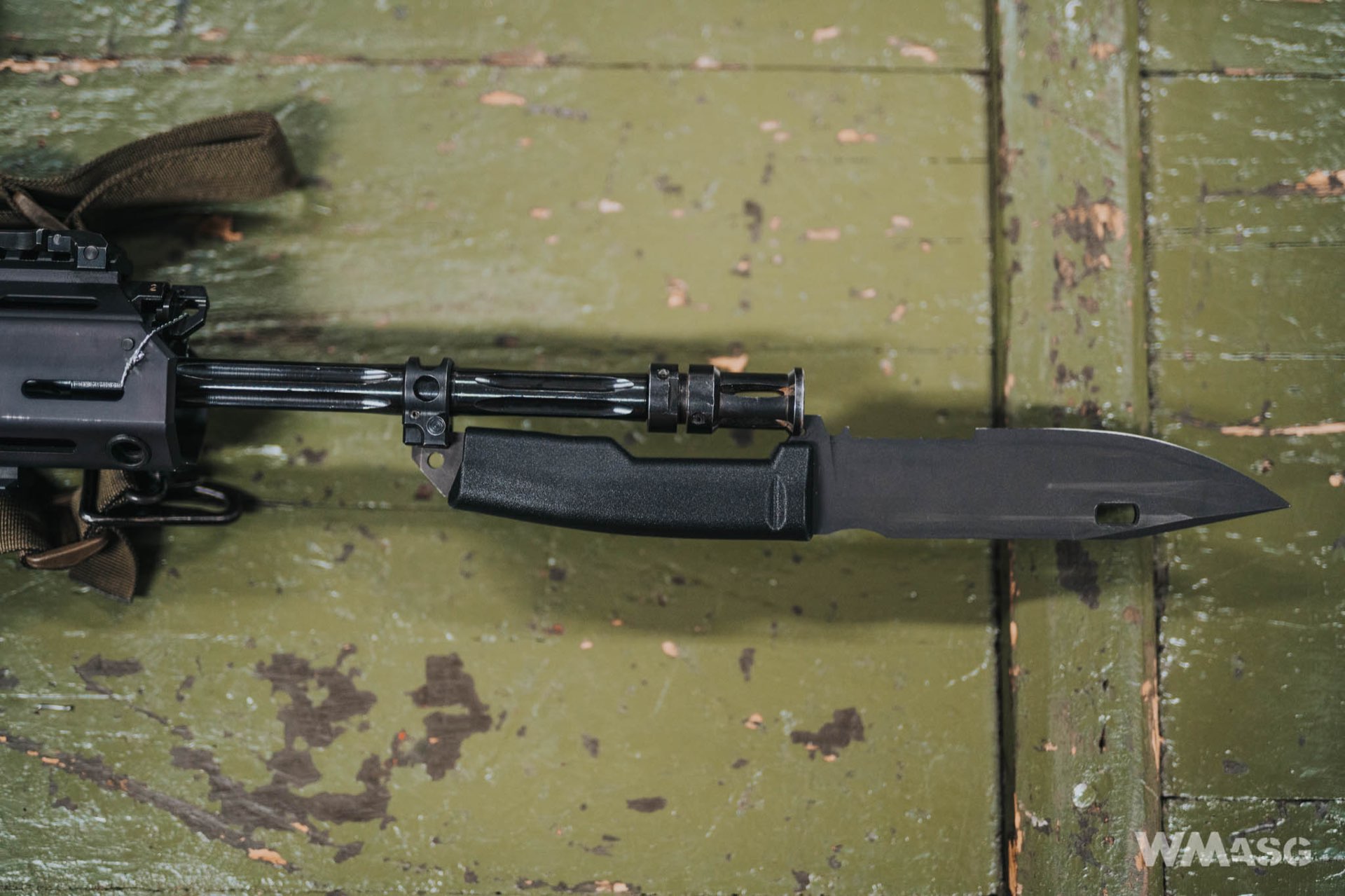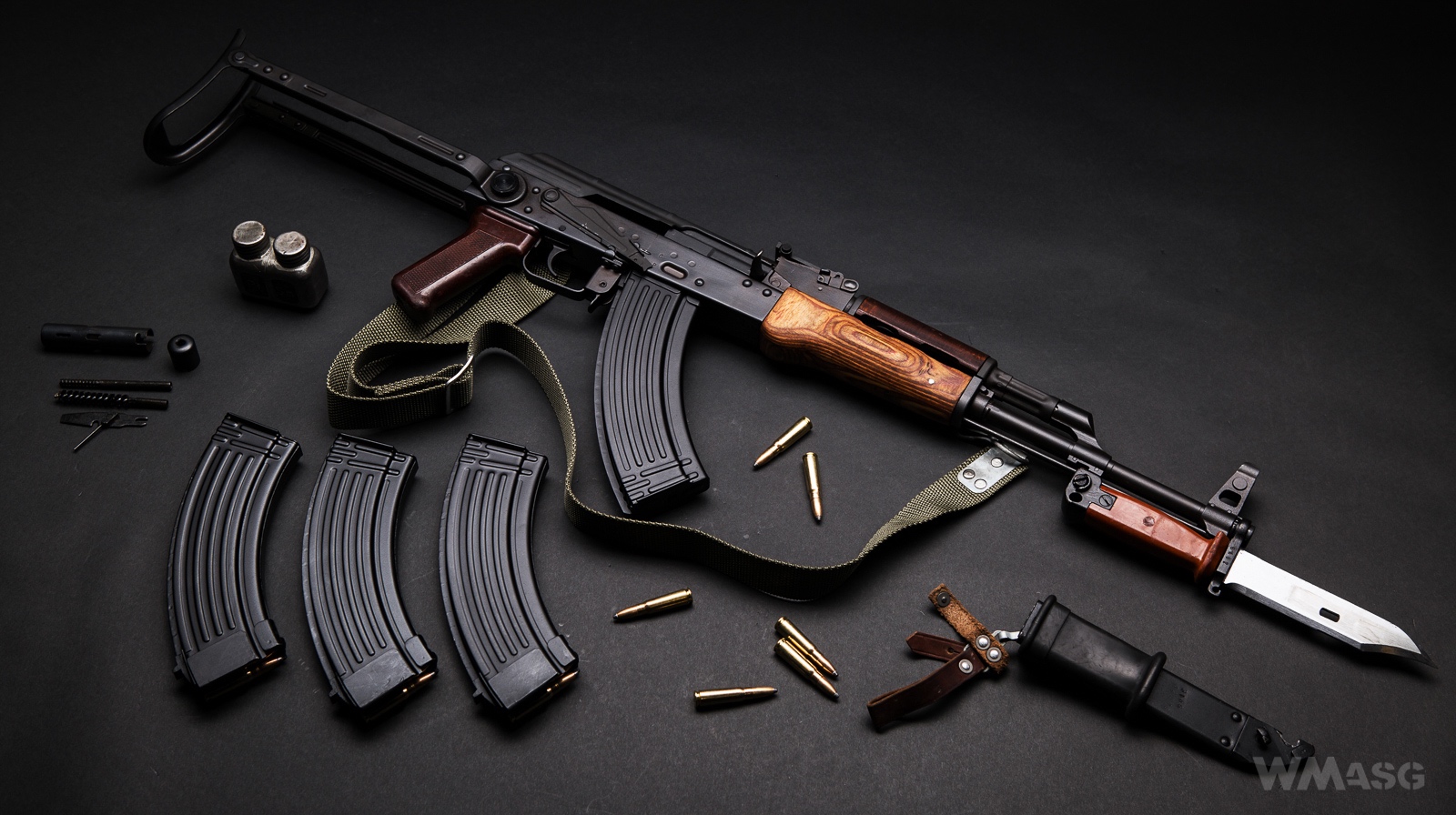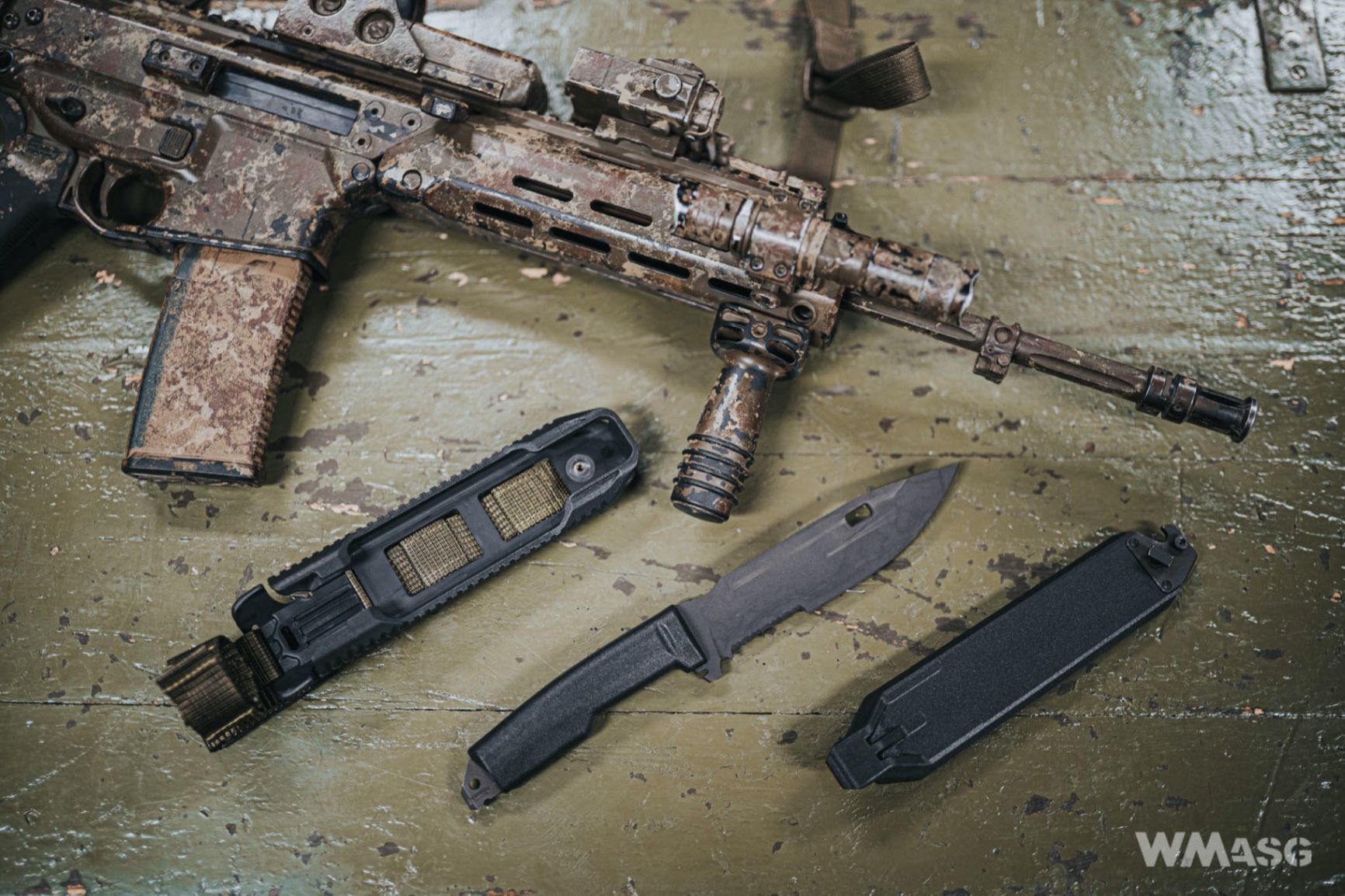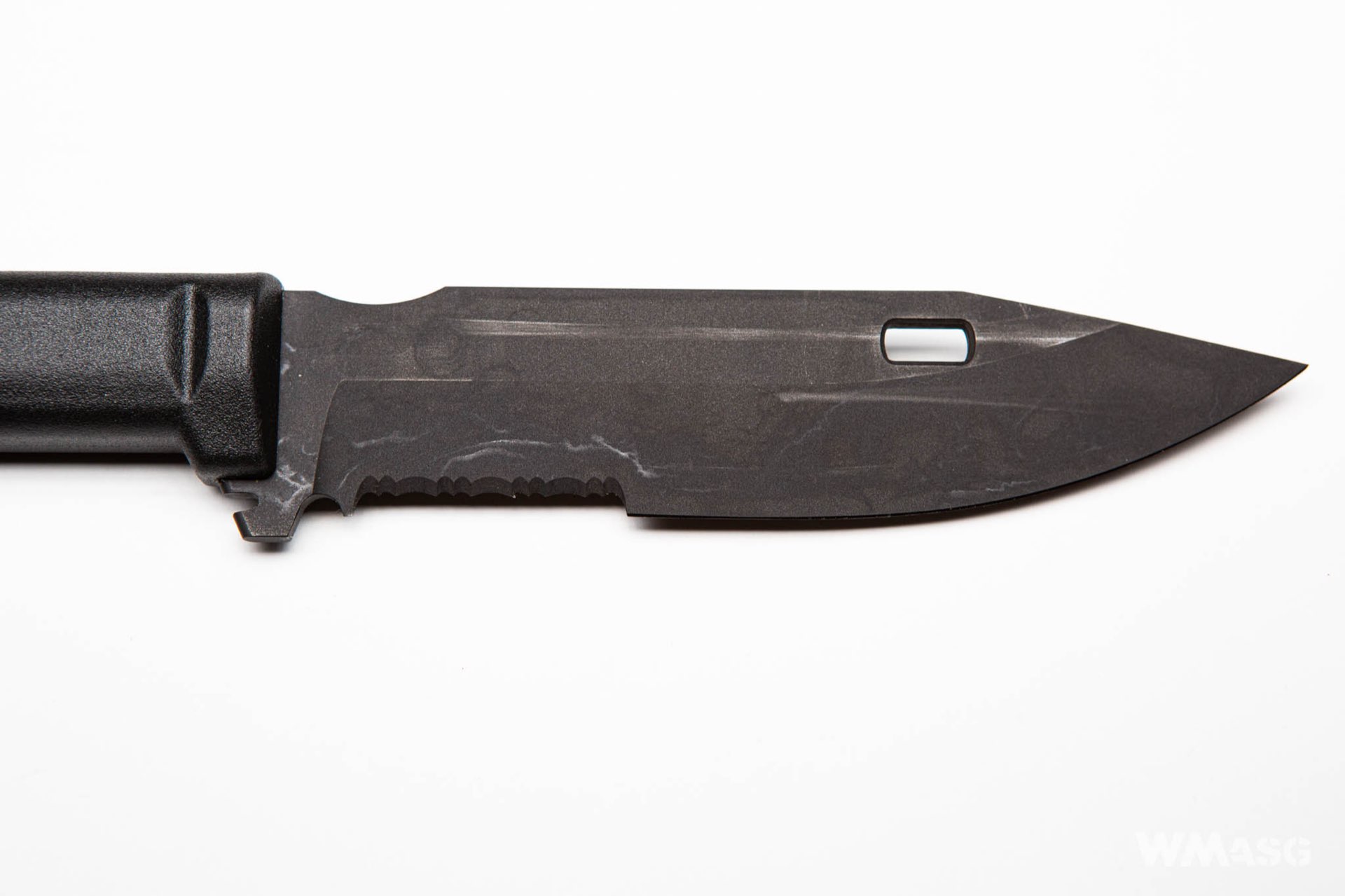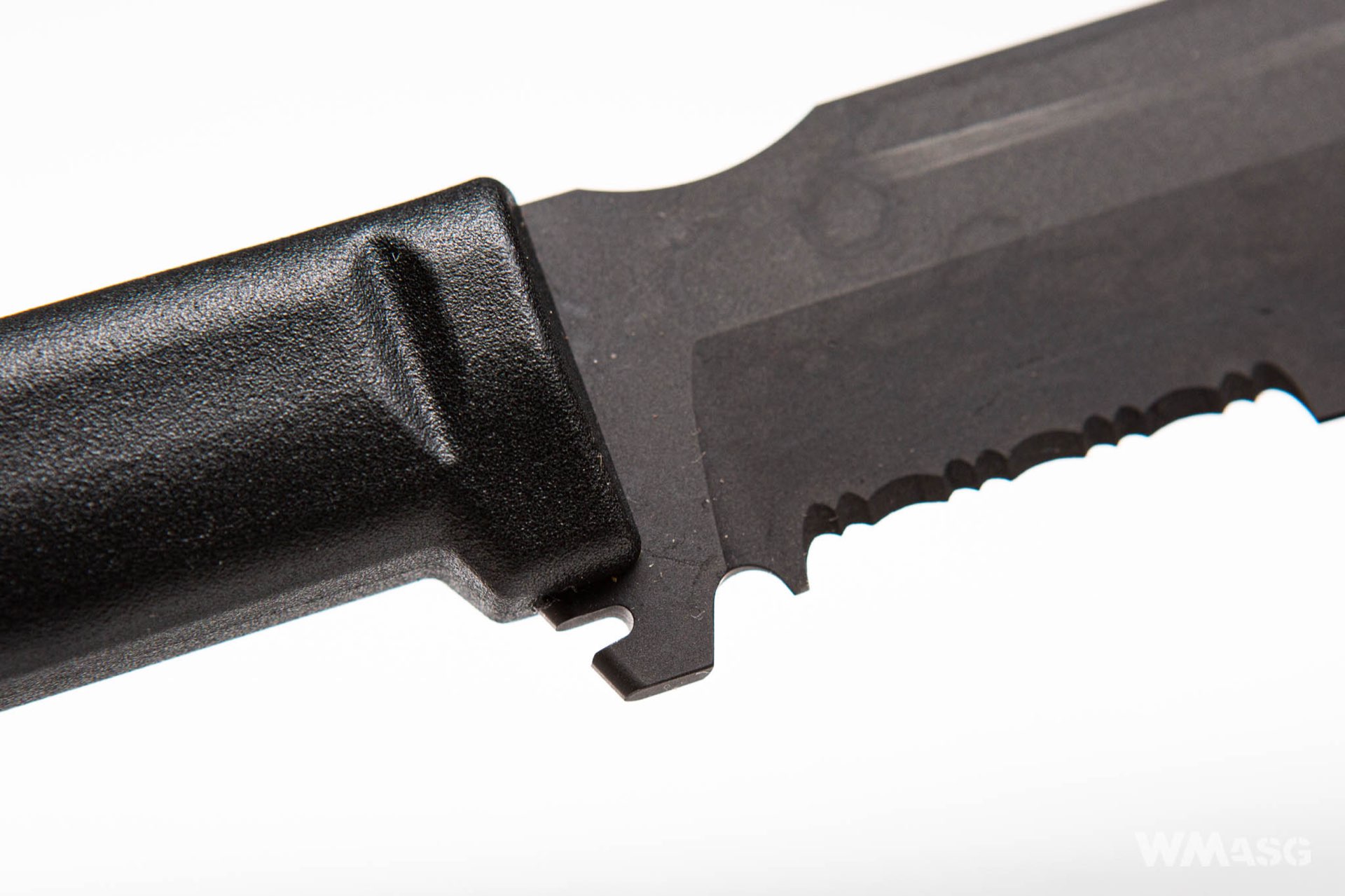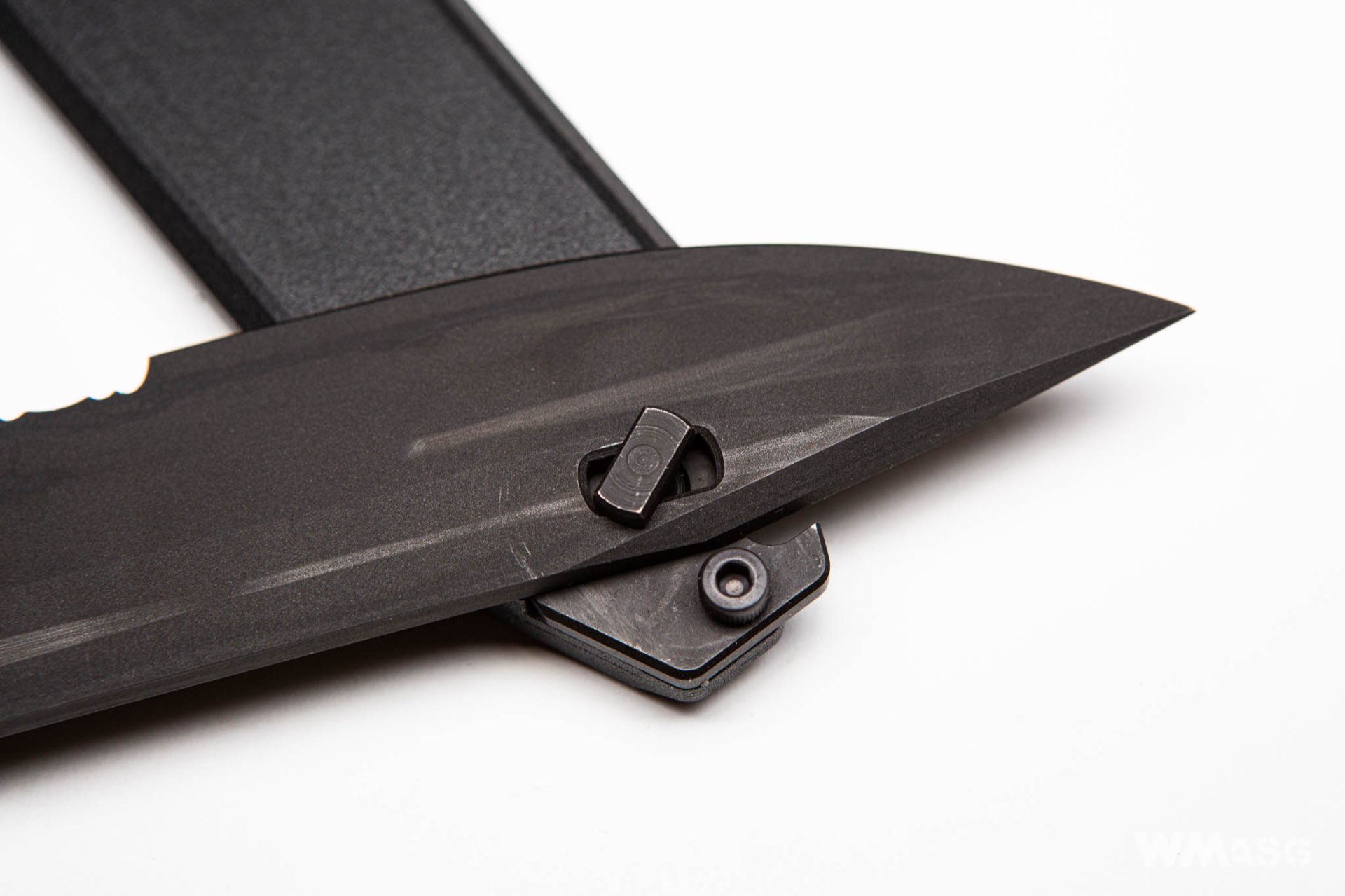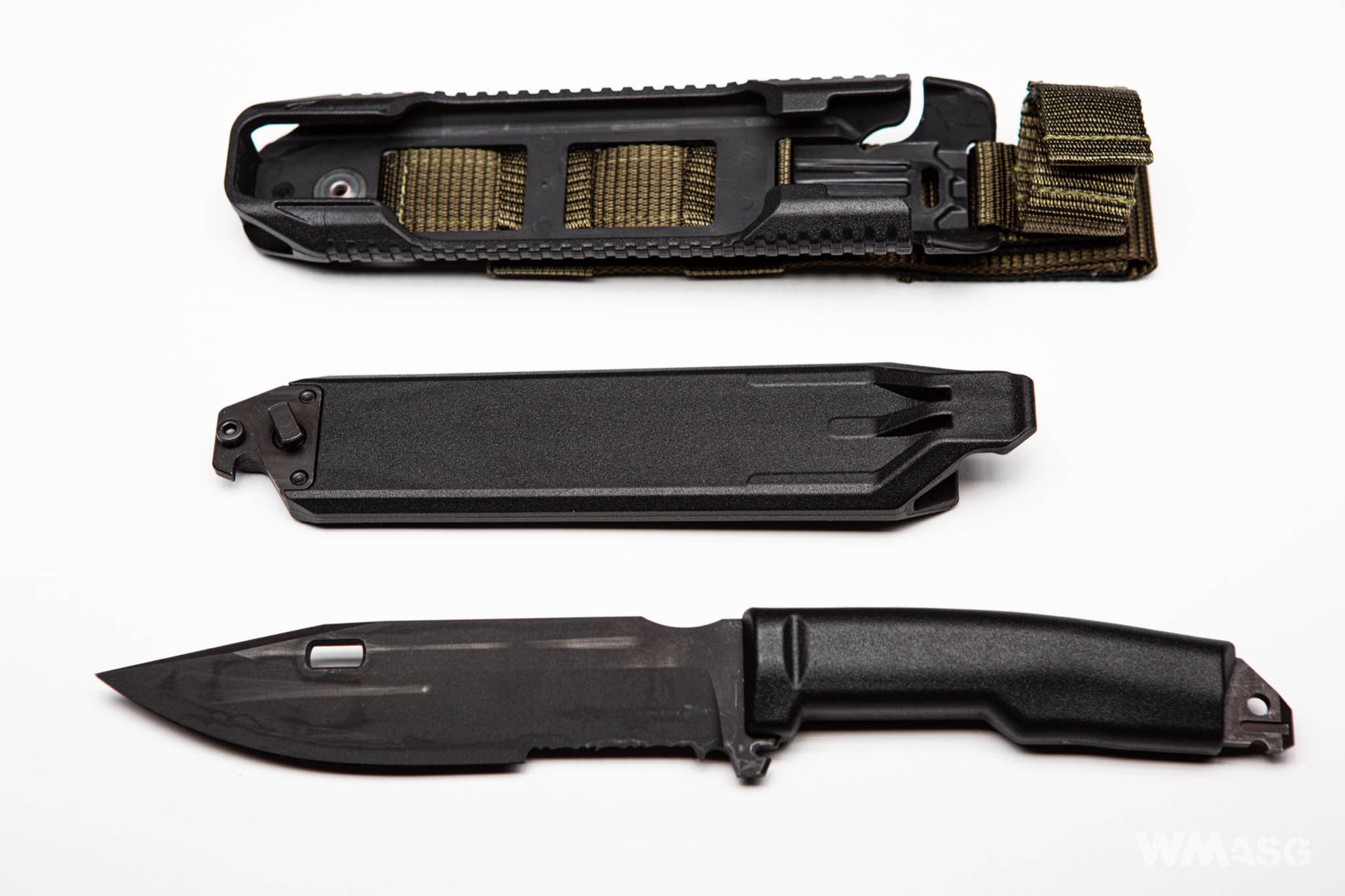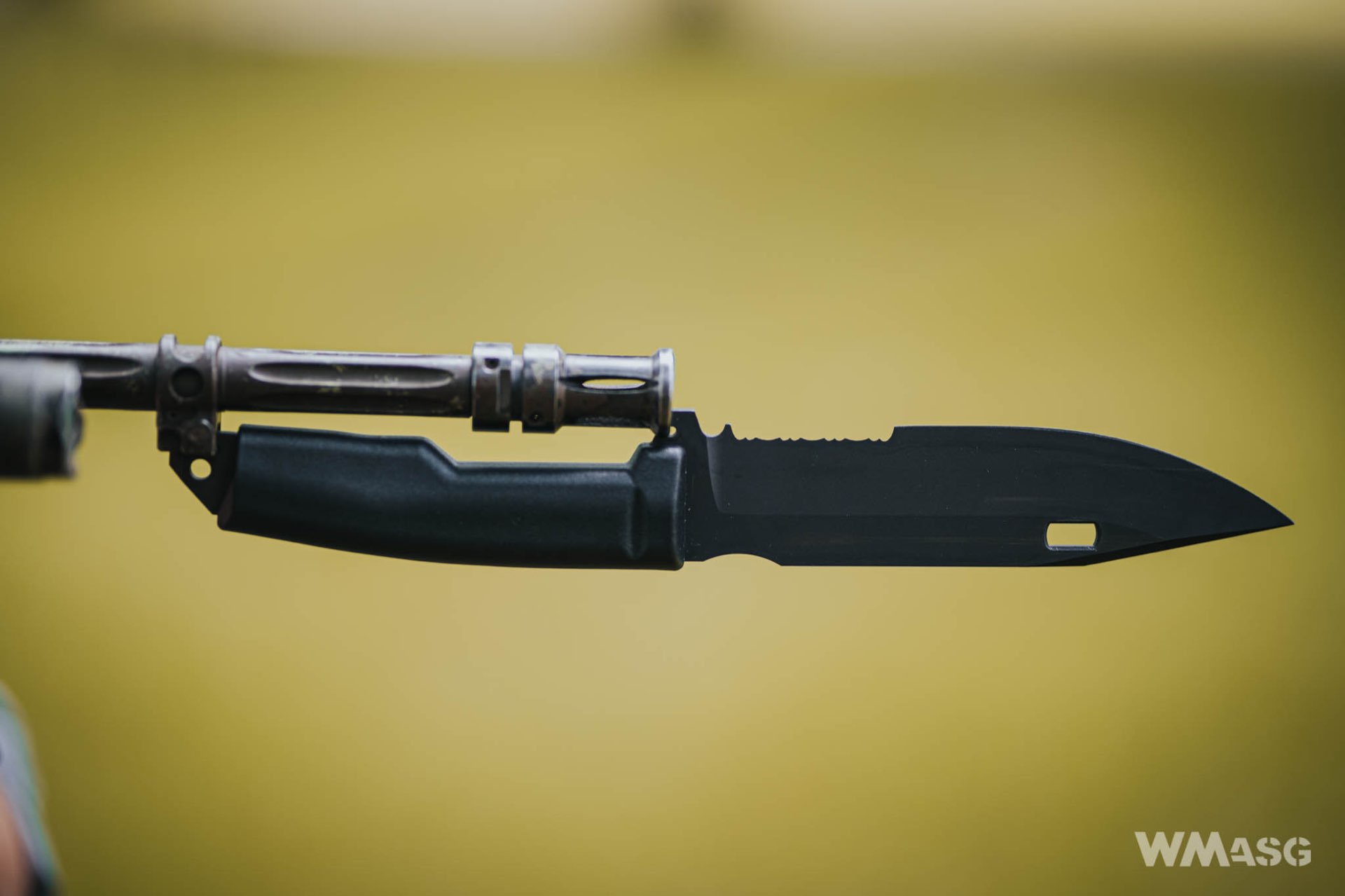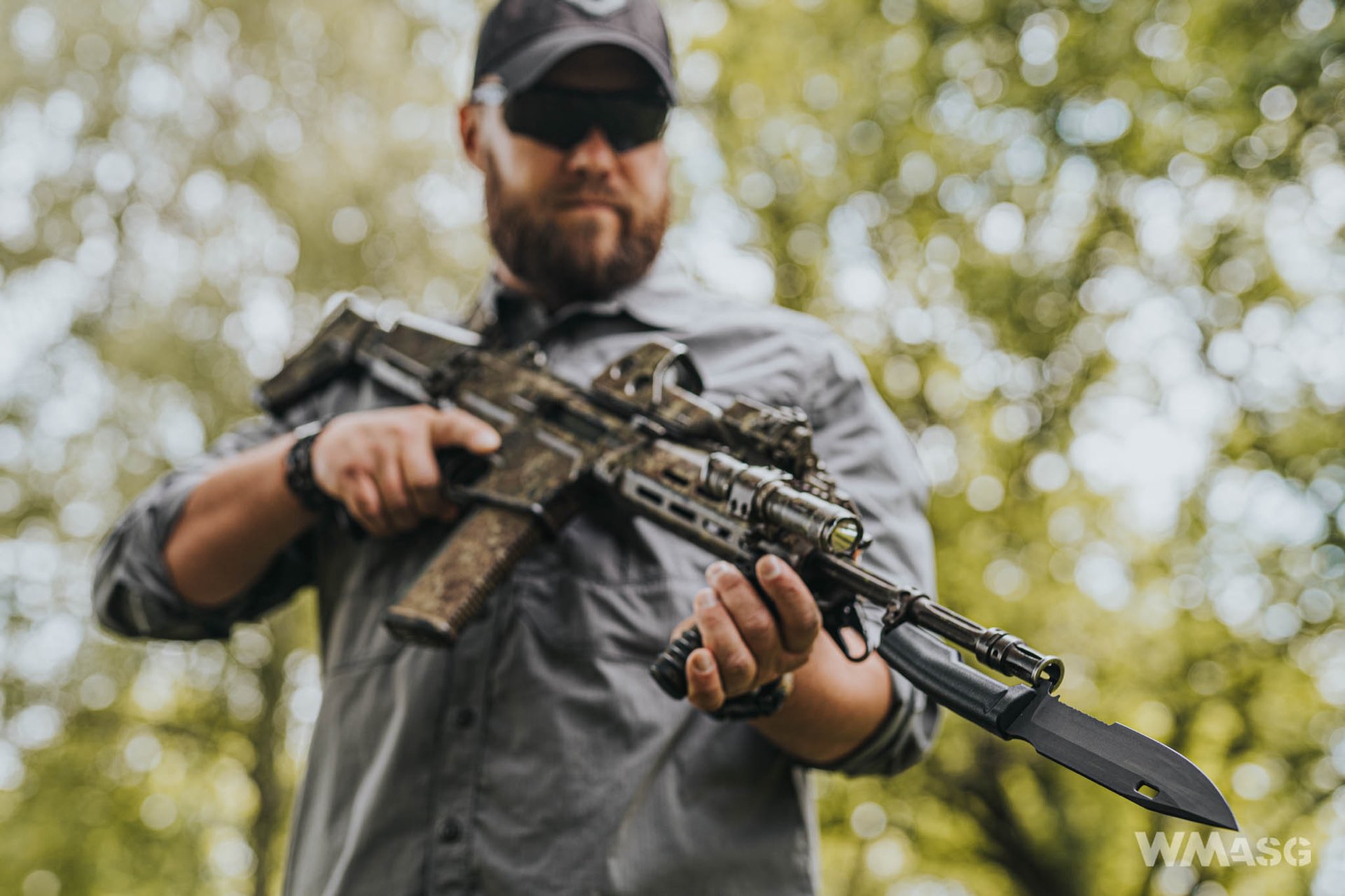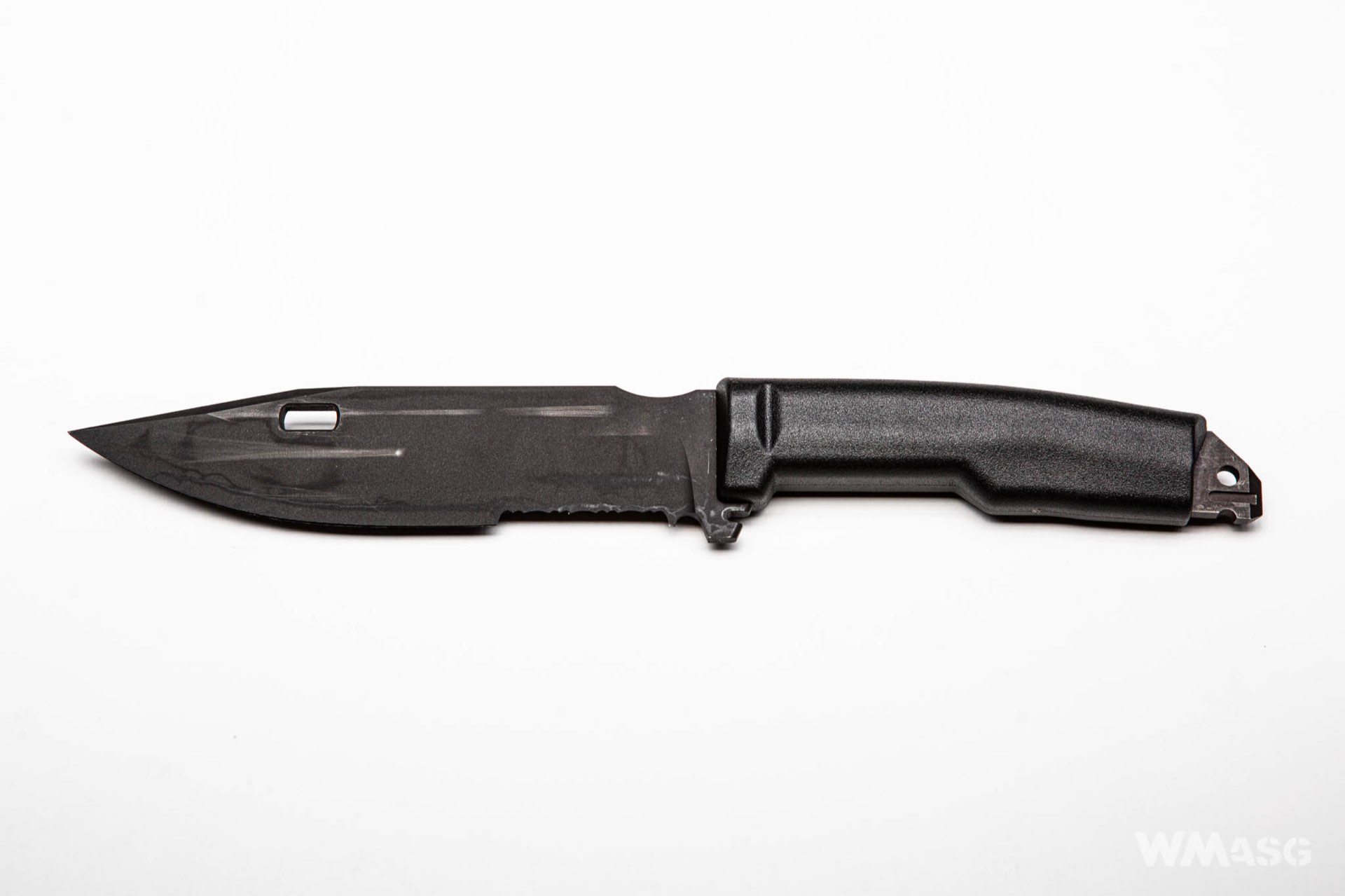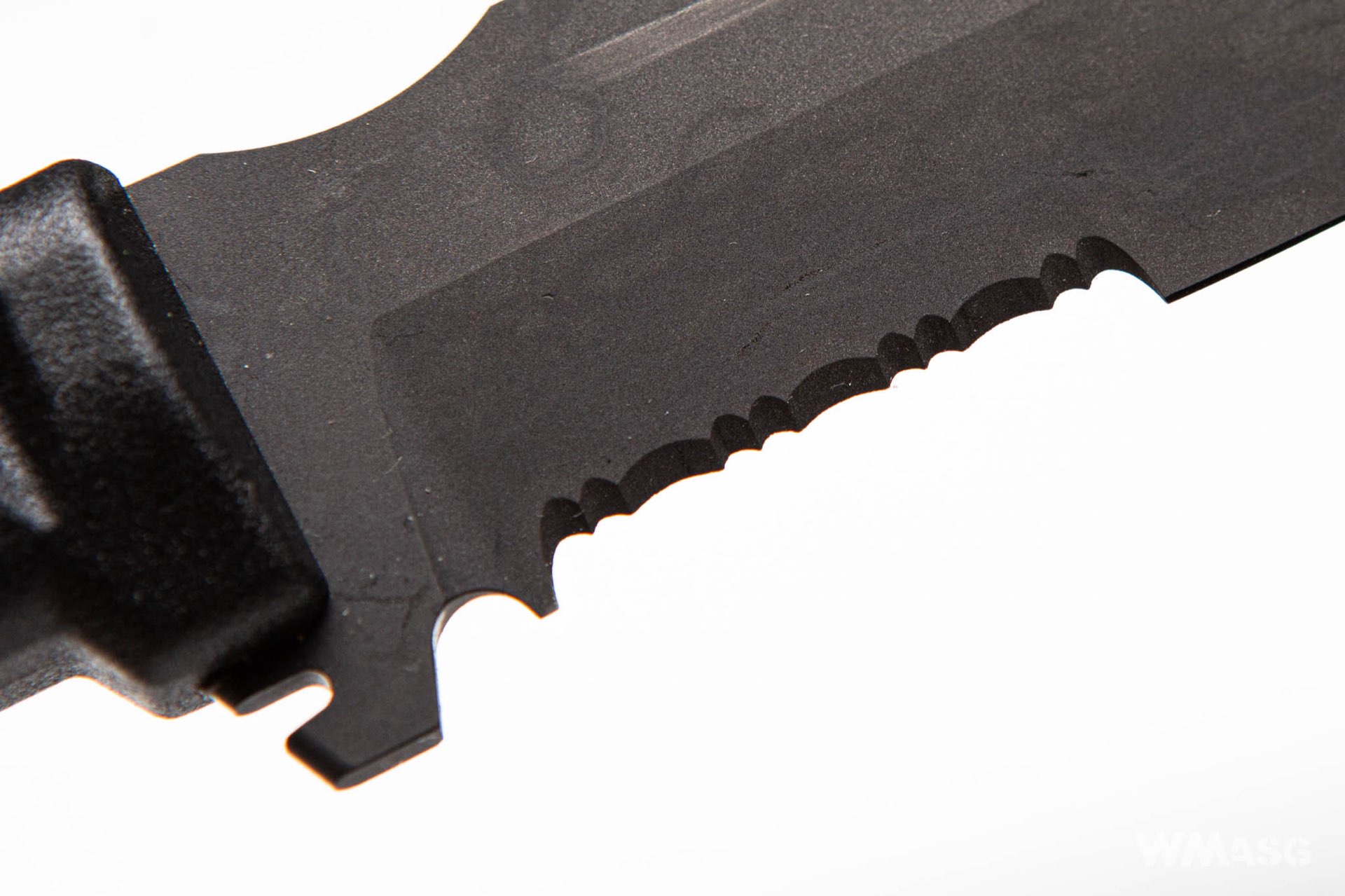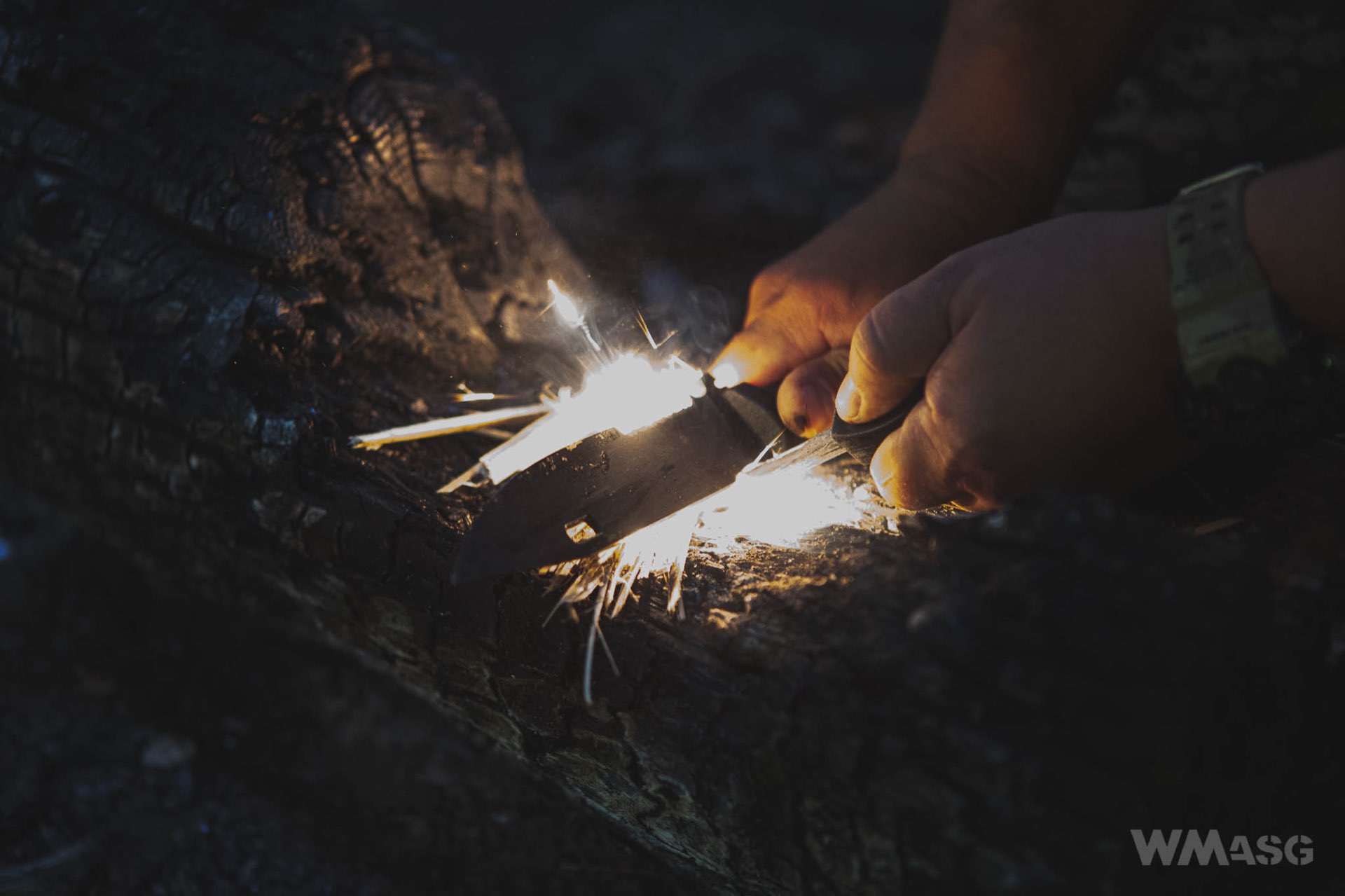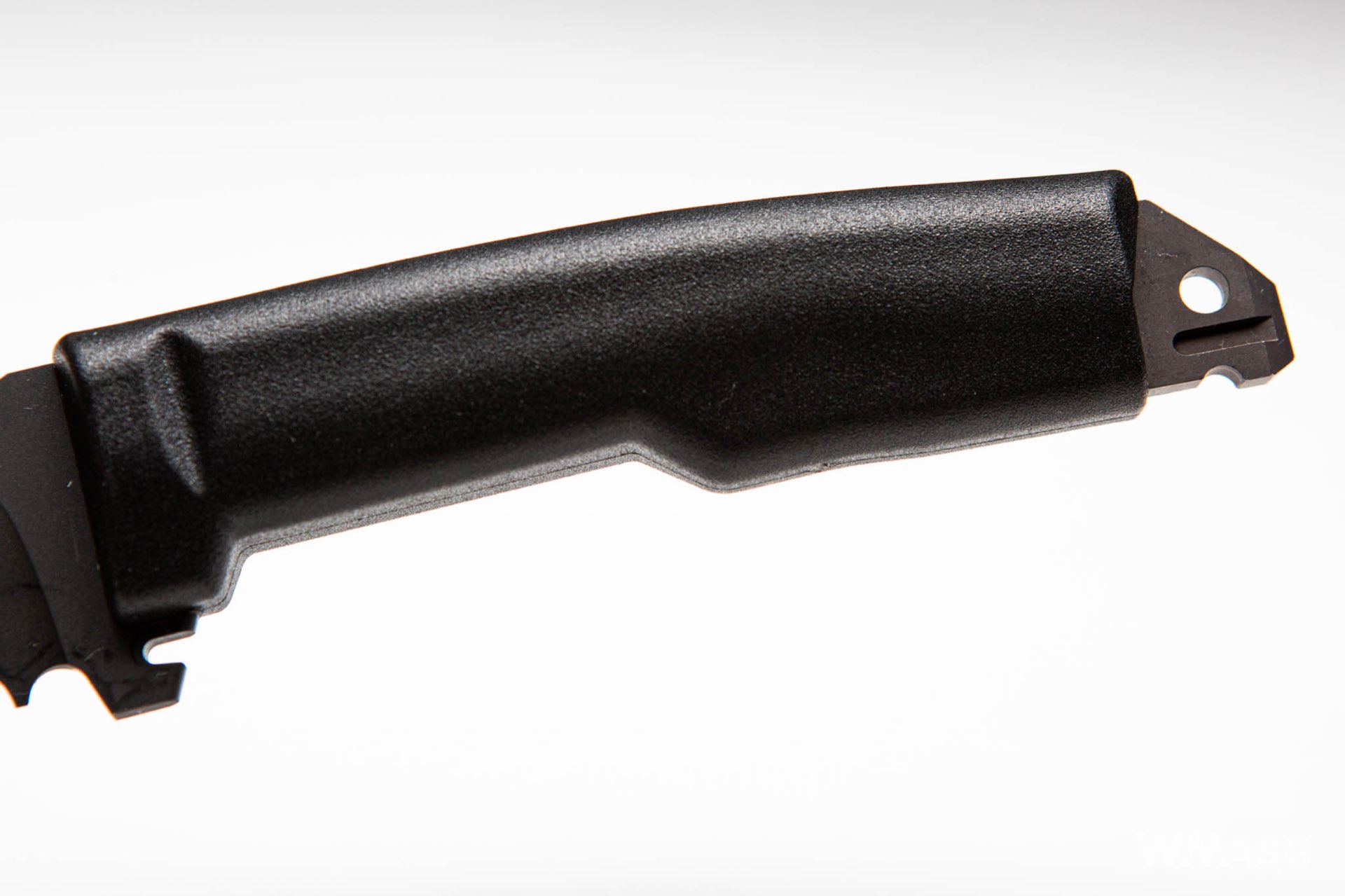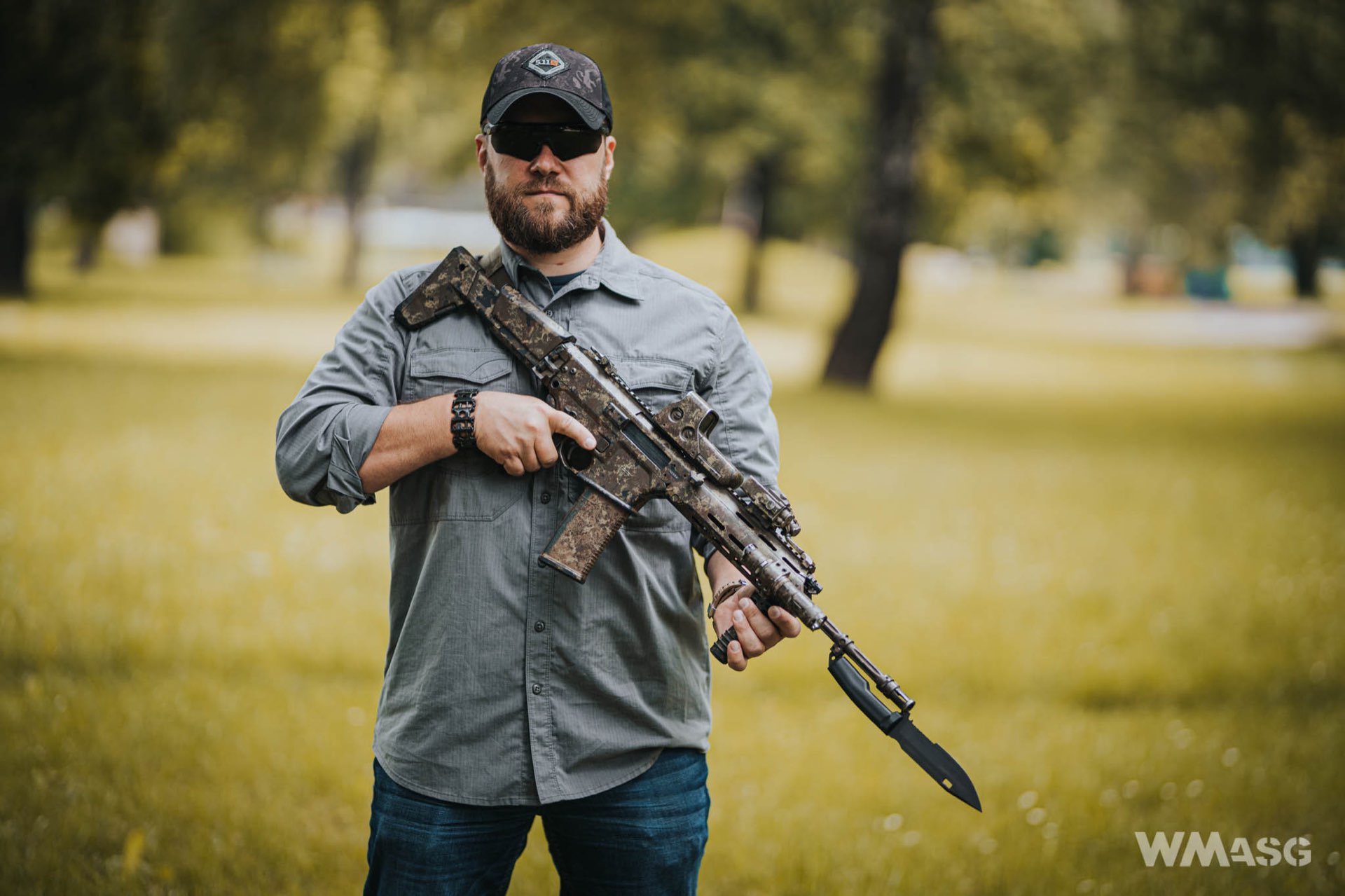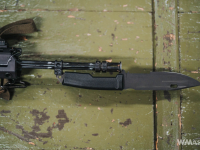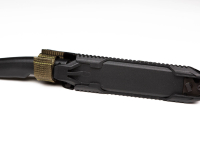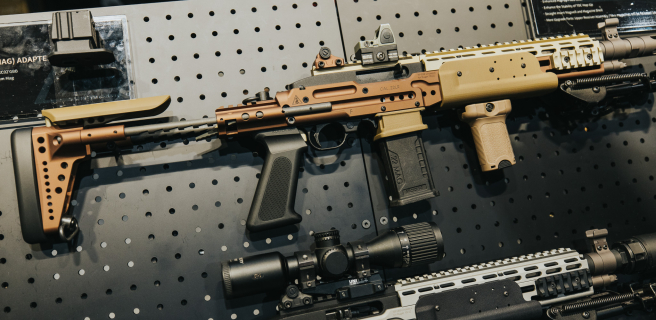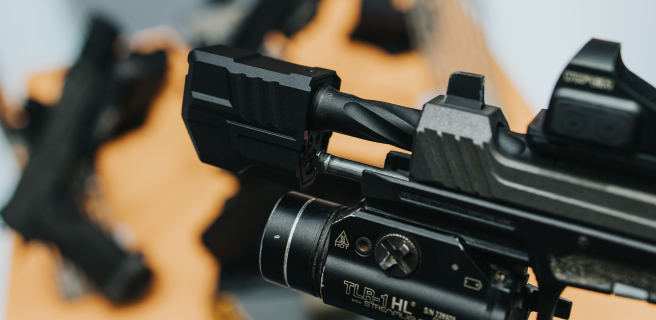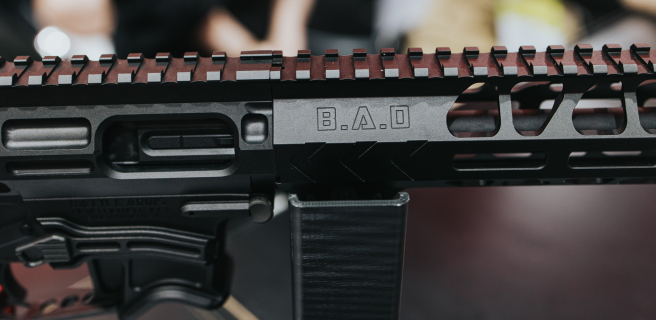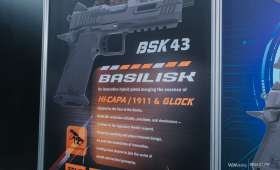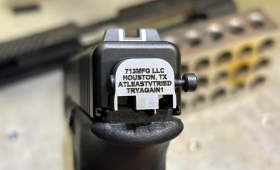From the author: it is no secret that I was glad to review the new Polish bayonet. While preparing for this article, I looked at the existing 6H4 model and the new bayonet/knife. I had many opportunities to try it out outdoors, try it on a real MSBS/Grot carbine and, finally, pass it to an experienced bushcrafter, a man who have chosen this specific lifestyle - Łukasz "Hellmuth" Słota, to "play" with it some more. Our observations turned out to be very similar.
It would seem that in contemporary armed conflicts there is no place for a spectacular battle using bayonets. However, history shows that although the technique of fighting with small arms and the tactics of using them in close combat have eliminated the need to create a "spear" out of a rifle, such situations still occur and, what is more, they give an advantage, especially against an untrained opponent. Shooting at a distant target is one thing, fight in close combat is completely another. In the media and in studies you can read about successful charges in contemporary conflicts (in Iraq and Afghanistan).
Although the bayonet fighting technique, in its genesis, was primarily concerned with stabbing, over the years, knife-shaped bayonets with at least one cutting blade began to appear. The history of the development of bayonets and the modification of the military doctrine with their use is an interesting topic for a separate article. The short S71/84 knife bayonet, created in 1884 in the German Empire, is probably considered the precursor of modern bayonets. It was characterized by a short, for the time, blade and a latch with an internal spring in the place of mounting it to small arms. The period of the First World War, the scale and nature of combat at that time created the biggest amount of experience in the use of bayonets. At that time, all known types of this form of bladed weapons were in use, including sleeve, jatagan, knife, stabbing and their variations. In trench warfare, bayonets with a short blade turned out to be the most practical which also resulted in the later development direction for this type of weapon. During the First and Second World Wars, the serrated spines of the bayonet blades began to appear, increasing the functionality and damage dealt in combat.
The venerable 6H4 bayonet
Until now, the general issue bayonet in the Polish Army was (and still is) the "ancient" 6H4 model, a Soviet Union design, through and through, dedicated for the AK/AKM/AKMS family of carbines and its derivatives, including the Polish Beryl carbine. Licensed production in Poland began in 1972 in Zakłady Metalowe Łucznik in Radom. The design is not the top of knifemaking, but few bayonets were and are. It is a crude design, but one can immediately see what it was created for. The solid chrome steel blade with a length of 14.7 cm is of the bowie type and the blade is asymmetrical. There is a hole in the blade that allows one to connect the bayonet with a steel sheath and create a wire cutter. In theory, a Bakelite hilt and a rubber cover on the sheath were supposed to allow the soldier to cut even through electrified wires. There are small teeth on the spine, although the version without them is also used by the Polish Army. The 6H4 bayonet is mounted to a weapon with a solid 17mm ring placed on the muzzle device and snaps into an equally solid, spring-loaded latch in the area of the carbines's gas block. The bayonet mounted in this way becomes almost an integral element of a weapon and the click of a fastened bayonet is as pleasant as the characteristic sound of cocking an AK.
The MSBS/Grot bayonet
In 2011, work began on the Modular Small Arms System (MSBS), along with which the Military University of Technology also developed a multi-purpose knife, which would act as a bayonet (a knife-bayonet as opposed to a bayonet-knife). Two competing projects were developed at the same time and the one made by the Military University of Technology finally passed into the production phase. The competitor had a tanto-style blade and was mounted via a ring and a latch in the heel of the handle, similarly to its predecessor. It was also heavier. The second version of the winning model, with minor changes (including a lack of a saw blade on the spine), has entered the production at Fabryka Broni "Łucznik" in Radom and is successively being introduced into service, together with the MSBS/Grot carbine.
The total length of the knife is 278 mm with a butt, which acts as a mount, a glass breaker and a flat screwdriver. The aggressive drop point blade is characterized by high, double-sided edge made up to 1/3 lenght of the blade, improving the cutting and penetrating properties. The shape resembles the American bayonets manufactured by the Ontario Knife Kompany (OKC). The blade is 155 mm long and made of low-alloy NCV1 tool steel with a width of 3.5 mm. This steel is characterized by high hardness (about 60HRC) and impact resistance. In theory, because something strange happened during the tests, but more on that below. The blade is in a combo type, therefore there are 40 mm long saw teeth at the back of the blade. The so-called false cutting edge, an asymmetrical blade functions here as wire cutter. The hole for connecting it to the sheath is right next to it. There is also a thumb indentation on the spine to improve the grip of the knife.
There is practically no handguard, and what is left of it is a hook for attaching the bayonet to the weapon. The handle is made of glass-fiber reinforced polyamide (Itamid 253). The sheath (and the MSBS/Grot receiver) was made of the same material. It has a rough texture. The recess in the handguard is used to latch the knife into the sheath.
Like its predecessor, the new bayonet is designed to cut electrified wire. Apparently, each unit undergoes an electrical insulation test. The above-mentioned stub on the head has no connection with the blade.
The new bayonet is… light. It weighs only 202g (the weight of its predecessor is 321g).
The sheath is two-part. The actual sheath and at the same time the part forming the wire cutter is inserted and locked with a latch in the frame part. The "frame" is attached with a polyester tape to the PALS/MOLLE (or belt) straps. This part also has an additional protection against losing the bayonet, in the form of a polyester tape with a latch. It is unnecessary, however, because the design of the sheath resulted in a resilient pressure, which, combined with the latch, rigidly holds the bayonet during transport. At the end of the sheath, there is a removable metal component with a hooked blade and wire cutter pin/hinge.
The bayonet is mounted on the carbine with a hook at the height of the handguard and a protrusion in the knife's blade and a latch on the bottom of the gun barrel. From the front, the hook attaches to the muzzle break of the weapon.
Usability
The new bayonet makes a great impression at first glance. Modern and aggressive. Additionally, it is our Polish national product. A completely different generation compared to its predecessor. On closer inspection and during use, however, incomprehensible decisionsof the designers are vividly visible.
The method of mounting in on the weapon seems delicate and only long-term tests in the military will assess its durability. It is not for us to judge this at the moment, but the way the 6H4 is mounted in a weapon leaves nothing to be desired. As the bayonet is available on the civilian market in the permanent offer of the Militaria.pl store, we will focus on it from the non-combat, utility side, i.e. from the knife side, not the bayonet side. It's a knife-bayonet, after all, not a bayonet-knife.
The blade is very sharp and seems to retain its cutting properties well. After a few moderately intensive camping tasks, including batoning, there was no need to sharpen it yet, nor did we damage the cutting edge. On the one hand, the low weight of the knife is an advantage, because its easy to carry when not in use, but this type of knife is often used for chopping, and here the greater weight matters. What is surprising, however, is how easily the blade's tip tilts during simple work at a camp and, what is even more surprising, is how easy it could be straightened by hand... Having knowledge of NCV1 steel, there is doubt about the quality of the material used or the hardening process. The dull blackening of the blade wipes off just by inserting the knife into the into the sheath. Well, it's a combat knife so it doesn't have to look nice.
The saw teeth are set back in relation to the smooth blade line. Such a procedure is incomprehensible and unusual in such knives. In this way, when cutting a rope or a belt, we operate only with the length of the teeth, while normally, with one movement, one should be able to use both the teeth and the smooth blade. The teeth themselves and their location interfere with field work, such as preparing a kindling for a fire, or even when simply whitteling a stick. If one want to make a knife and bayonet at the same time, one should think about what the soldier will you use more often and take the conclusions into account when releasing an V2 model of a bayonet.
When working outdoors, it is convenient to have a recess on the spine, which works well with synthetic flints. As a support for the grip, however, one can sometimes get the impression that it is placed a bit too far away.
The two-piece sheath is an extremely practical and, at the same time effective, solution. In other designs, it is usually necessary to detach the entire sheath from one's webbing or remove it from a belt. Here, its enough to take out the bayonet together with the sheath from the "frame". In this way, we get an actual knife-bayonet and a wire cutter, and not just a wire-cutter in case of an emmergency.
The knife sits so tightly in the sheath, with an additional safety feature made of a latch (and in this case an unnecessary strap) that when carrying it at the waist, e.g. on the right side (in case of a right-handed people), there is thumb ramp missing on the side of the knife's back, to increase the leverage and facilitate drawing the knife. The current solution resembles that used in Glock knives and is not a comfortable one.
The material used for the handle is slippery despite its rough texture. The indentation for the thumb on the back, combined with a practical lack of a handguard, does not significantly improve the grip. In an event of a push or specific movements during field work, in an extreme situation, you can even injure yourself with the mounting hook that is directed towards the user's hand. Especially in bad weather or with wet hands, working with a knife is not comfortable and one's hand gets tired in the long run. When using sweeping movements, the knife also has a tendency to slip, and the handle is as if too short, even for moderately sized hands, and there is no stopping element on the blade. Therefore, it is advisable to wear gloves that improve grip when working with this knife.
In addition, the butt, glass breaker and screwdriver all in one part is sharpened, so one can cut him/herself with it by just carrying the knife around the belt.
The knife-bayonet for the MSBS/Grot has been developed for many years. Two concepts were developed in parallel, and surely many stout heads took a look this project. It is said to undergo rigorous quality controls during production, and yet, for example, while from lying in a wardrobe with a weapon, the pin/hinge of the wire cutter in the sheath got covered with rust. The solutions described above are all the more surprising. The knife is definitely made at a much higher level than its predecessor, but as always, there are some details that make little sense. Undoubtedly, it is enjoyable to have it in one's collection and everyone who purchase or receive it as a collectors item will enjoy it. It makes a great impression, but from the point of view of a utility knife, especially at the relatively high price, we had our reservations towards it.
We were able to test the MSBS/Grot Knife Bayonet thanks to the courtesy of Militaria.pl
We would like to thank Łukasz "Hellmuth" Słota from Bushcraft Hellmuth for his help duing our tests

